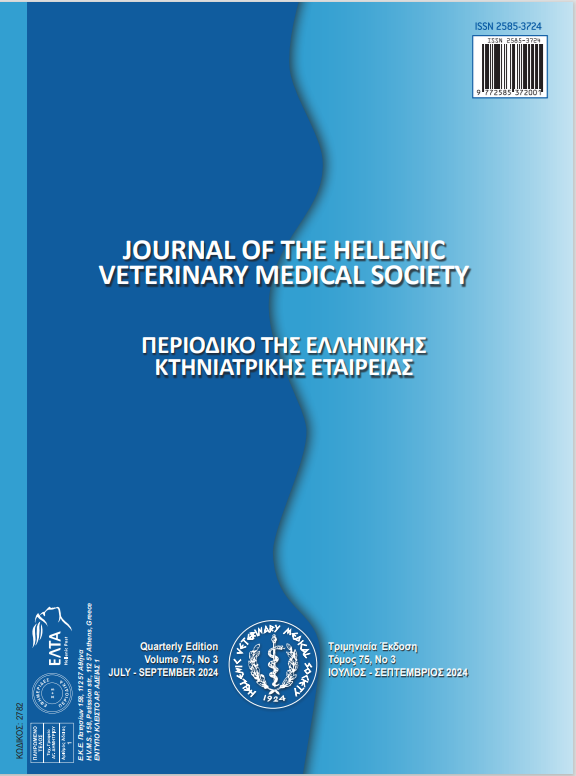Concurrent infection by Clostridium perfringens type A, Clostridium septicum, and Clostridium sordelli in mouflon (Ovis aries musimon) - A case report

Abstract
A female mouflon, weighing 40 kilograms, was submitted to the diagnostic laboratory of the Institute of Veterinary Medicine of Serbia for determining the potential cause of death. Necropsy revealed massive hemorrhages in subcutaneous and intermuscular tissue and on papillary muscle. Petechiae and ecchymoses were found on the omentum, mesentery and adipose tissue of heart, kidney and costal pleura. Haemorrhagic-necrotic enteritis in duodenum and jejunum was characterized by catarrhal hemorrhagic inflammation with the presence of mucous and bloody content, whereas gas bubbles in the submucosa have also been confirmed. Bacterial cultures from sampled organs were identified as Clostridium perfringens type A, Clostridium septicum, and Clostridium sordelli. Based on the established pathological and histological changes and the results of the bacteriological, biochemical, and molecular examination, the state of septic shock and toxemia with disseminated massive bleeding was the immediate cause of mouflon death. The septic condition is a consequence of enterotoxemia caused by Clostridium perfringens type A, Clostridium septicum, and Clostridium sordelli infection.
Article Details
- How to Cite
-
Milovanović, B., Đorđević, M., Savić, B., Jezdimirović, N., Zdravković, N., Zurovac-Sapundžić, Z., Glišić, D., Ninković, M., & Kureljušić, B. (2023). Concurrent infection by Clostridium perfringens type A, Clostridium septicum, and Clostridium sordelli in mouflon (Ovis aries musimon) - A case report. Journal of the Hellenic Veterinary Medical Society, 73(4), 5067–5072. https://doi.org/10.12681/jhvms.28086
- Issue
- Vol. 73 No. 4 (2022)
- Section
- Case Report

This work is licensed under a Creative Commons Attribution-NonCommercial 4.0 International License.
Authors who publish with this journal agree to the following terms:
· Authors retain copyright and grant the journal right of first publication with the work simultaneously licensed under a Creative Commons Attribution Non-Commercial License that allows others to share the work with an acknowledgement of the work's authorship and initial publication in this journal.
· Authors are able to enter into separate, additional contractual arrangements for the non-exclusive distribution of the journal's published version of the work (e.g. post it to an institutional repository or publish it in a book), with an acknowledgement of its initial publication in this journal.
· Authors are permitted and encouraged to post their work online (preferably in institutional repositories or on their website) prior to and during the submission process, as it can lead to productive exchanges, as well as earlier and greater citation of published work.




